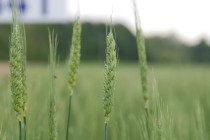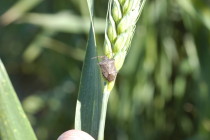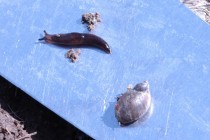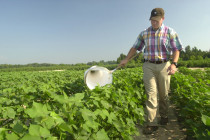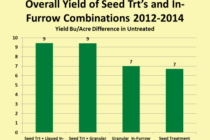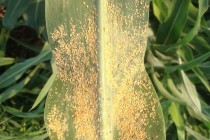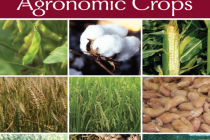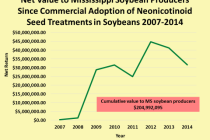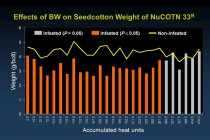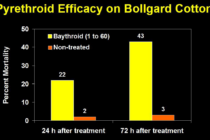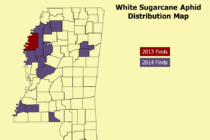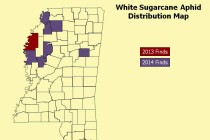Wheat Disease Update: April 24, 2015
For the most part the Mississippi wheat crop is clean with regards to foliar diseases. However, some important issues are occurring that need to be addressed with regards to Fusarium head blight, stem maggot feeding, and general herbicide injury as these three issues can easily be confused with one another at the field level.

